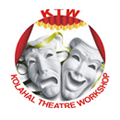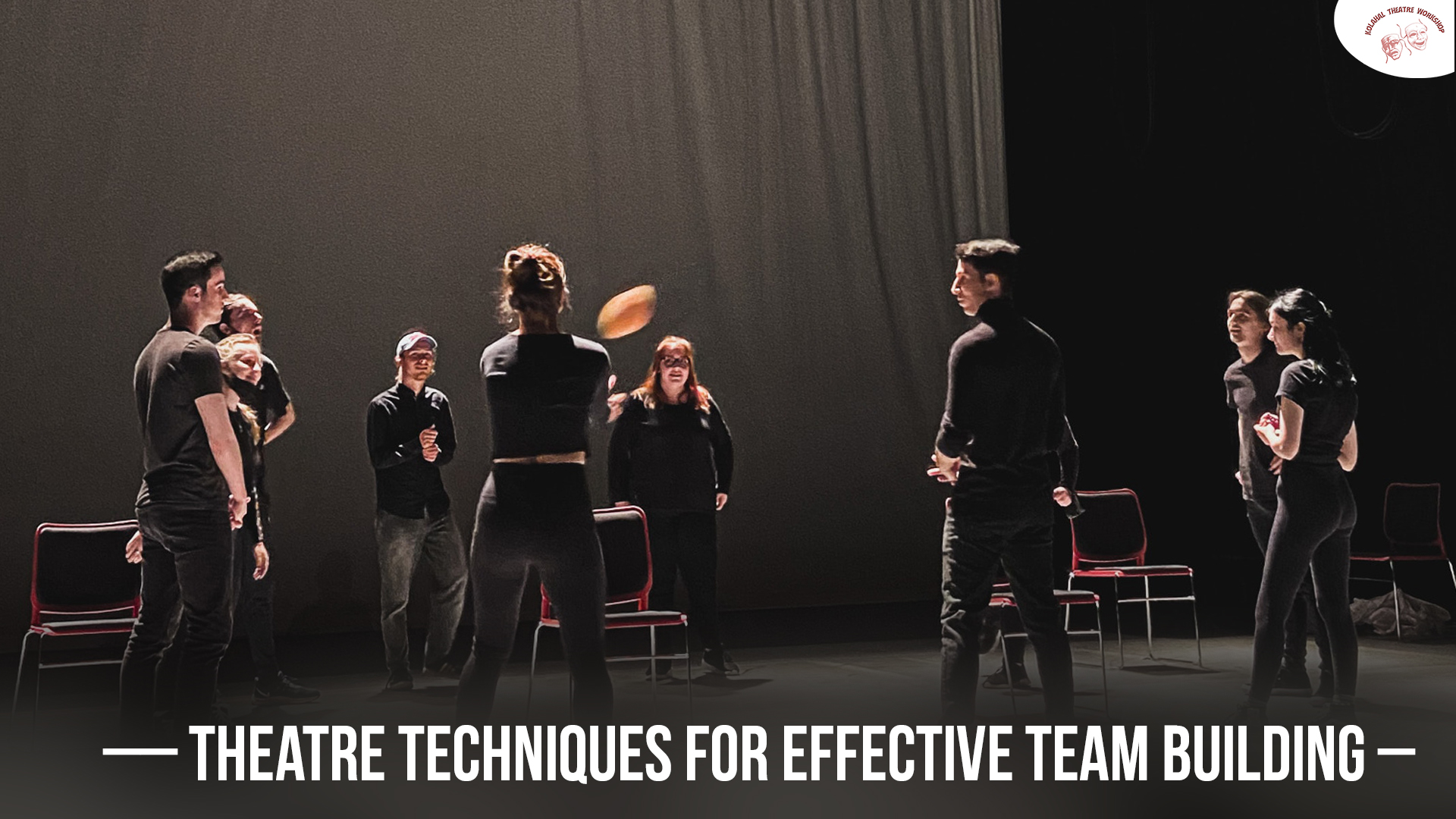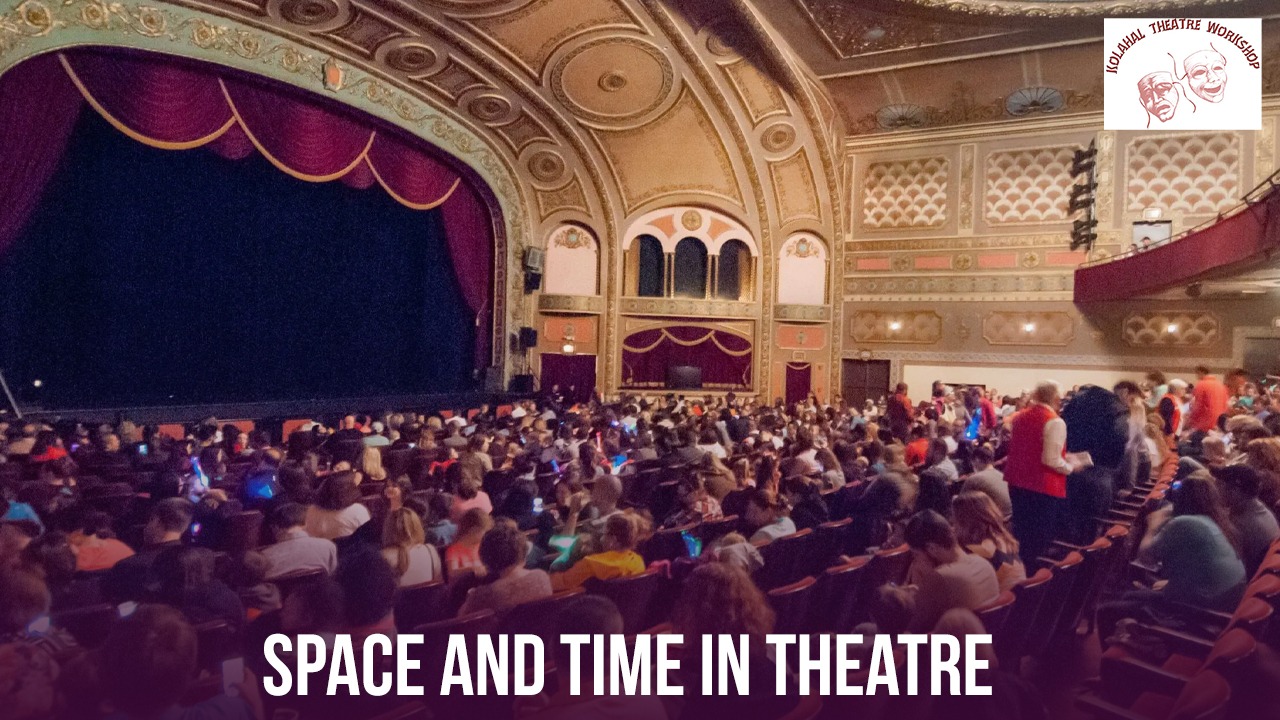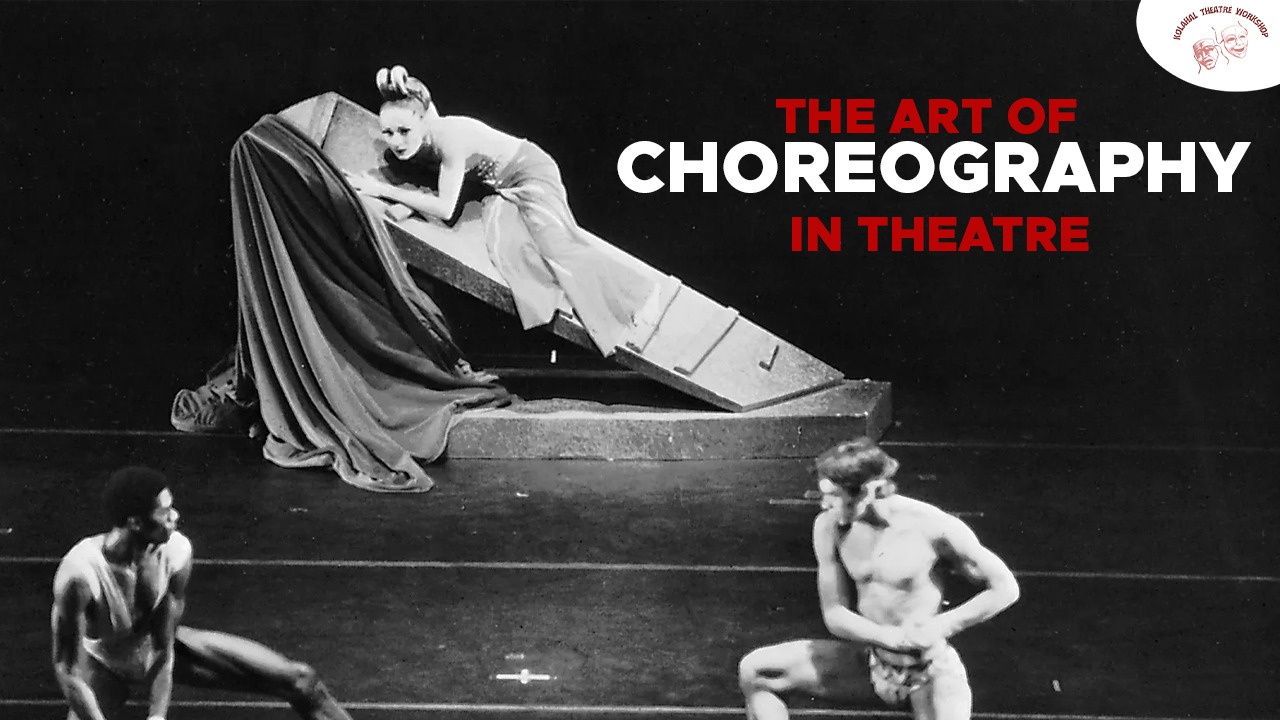Theatre Techniques for Effective Team Building
Introduction:
In today’s fast-paced corporate world, fostering teamwork and collaboration is essential for organizational success. Traditional team-building activities often fall short in engaging participants and creating lasting impact. However, incorporating theatre techniques can offer a fresh and dynamic approach to enhance teamwork and communication within teams. This article explores how theatre techniques can be effectively used for team building in the workplace.
Techniques of Team Building :
- Improvisation: Improvisation, commonly known as improv, is a fundamental aspect of theatre that focuses on spontaneous performance without scripted dialogue. Incorporating improv exercises into team-building activities encourages participants to think on their feet, adapt to unexpected situations, and communicate effectively with their team members. Improv fosters creativity, encourages risk-taking, and builds trust among team members as they collaborate to create spontaneous scenes.
Example Activity: “Group Storytelling”: Divide the team into small groups and give each group a prompt or a theme. Ask them to create a short story together, with each member contributing a sentence or two at a time. The catch is that they must build upon each other’s contributions without prior planning. This exercise promotes active listening, creativity, and collaborative storytelling.
- Role-Playing: Role-playing is another powerful theatre technique that can be leveraged for team building. By assuming different roles and perspectives, team members can gain insight into diverse viewpoints, improve empathy, and enhance their communication skills. Role-playing scenarios relevant to workplace challenges allows team members to practice handling difficult situations in a safe and supportive environment.
Example Activity: “Conflict Resolution Simulation”: Develop scenarios based on common workplace conflicts, such as misunderstandings between team members or disagreements during project planning. Pair up team members and assign each pair a scenario to role-play. Encourage them to explore different approaches to resolving the conflict and facilitate a debriefing session afterwards to discuss lessons learned and effective strategies.
- Ensemble Building: Ensemble building in theatre emphasizes the importance of collective collaboration and unity among performers. Similarly, in a team setting, fostering a sense of belonging and collective purpose is crucial for building a strong and cohesive team. Ensemble-building activities focus on developing trust, fostering open communication, and celebrating individual strengths within the team.
Example Activity: “Group Movement Exercise”: Lead the team through a series of movement exercises where they must synchronize their movements and work together to achieve a common goal, such as creating a tableau or forming a human sculpture. This activity promotes teamwork, nonverbal communication, and trust-building as team members rely on each other to create a unified performance.
Conclusion:
Integrating theatre techniques into team-building activities offers a dynamic and engaging approach to developing essential skills such as communication, collaboration, and empathy. By tapping into the principles of improvisation, role-playing, and ensemble building, organizations can create transformative experiences that not only strengthen team dynamics but also foster a culture of creativity, resilience, and innovation in the workplace.




